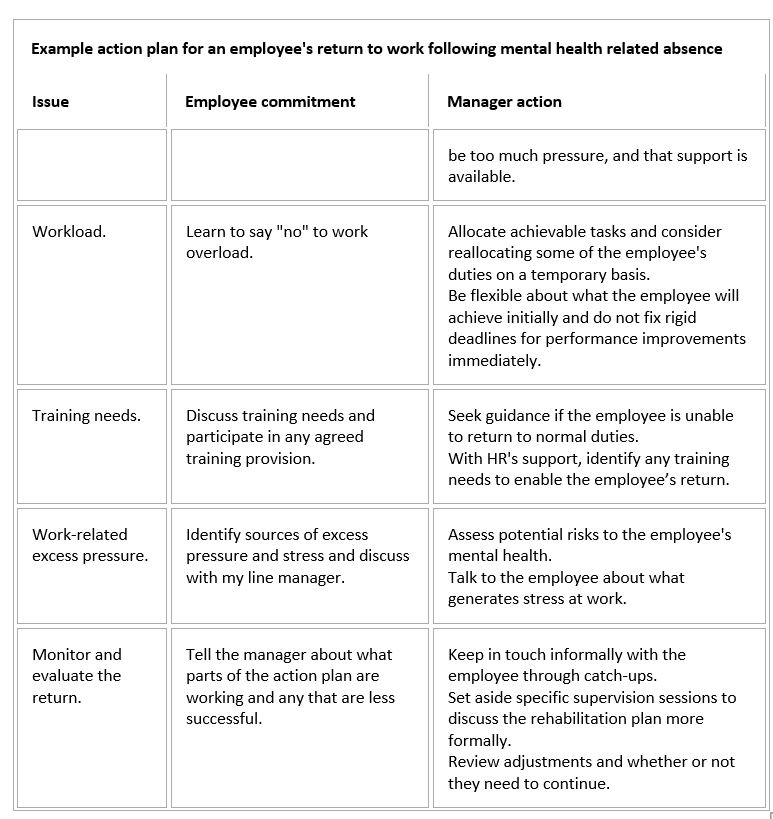This is a question I’m often asked by managers, so I thought I would answer it here.
A performance appraisal can occur in two ways – informally or more formally (or systematically.) Informal appraisals can be carried out whenever the supervisor feels it is necessary. The day-to-day working relationship between a manager and an employee offers an opportunity for the employee’s performance to be assessed. This assessment is communicated through conversation on the job, over coffee, or by on-the-spot examination of a particular piece of work. Informal appraisals are especially appropriate when time is an issue. The longer feedback is delayed, the less likely it is to encourage a change in behaviour. Frequent informal feedback to employees can also prevent surprises when the formal evaluation is communicated. However, you should make sure that they don’t become too informal – don’t be tempted to discuss an appraisal in the pub!
Although informal appraisals are useful, they should not take the place of formal appraisals. These are used when the contact between a manager and an employee is more formal. This could be when they don’t see each other on a daily, or even weekly basis. It requires a system to be in place to report managerial impressions and observations on employee performance.
When Should You Carry out Appraisals?
Appraisals typically are conducted once or twice a year, most often annually, near the anniversary of the employee’s start date. For new employees, common timing is to conduct an appraisal 90 days after employment, again at six months and annually after that. ‘Probationary’ or new employees, or those who are new and in a trial period, should be evaluated frequently—perhaps weekly for the first month and monthly thereafter until the end of the introductory period for new employees. After that, annual reviews may be sufficient.
Some managers prefer to meet with their employees more frequently. Some companies in high-technology fields are promising accelerated appraisals— six months instead of a year—so that employees receive more frequent raises. The result for some companies has been a reduction in turnover among these very turnover-prone employees.
A regular time interval is a feature of formal, systematic appraisals that distinguishes them from informal appraisals. Both employees and managers are aware that performance will be reviewed on a regular basis and they can plan for performance discussions. In addition, informal appraisals should be conducted whenever a manager feels they are desirable.
Should We Talk About Pay As Well?
Many experts say that the timing of performance appraisals and pay discussions should be different. The major reason for this view is that employees often focus more on the pay amount than on what they have done well or need to improve. Sometimes managers may manipulate performance appraisal ratings to justify the desired pay treatment for a given individual.
However you carry out appraisals – whether informally or formally – take some time to think about the pros and cons of the different options. This will help you implement the best process for the development of your business and your employees.

